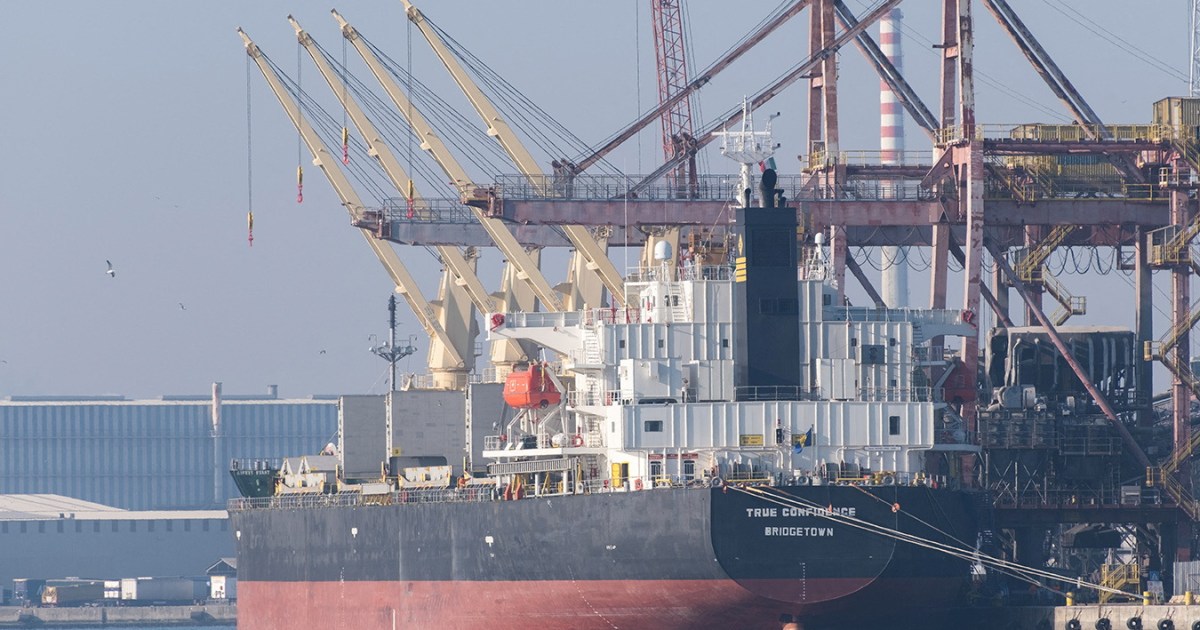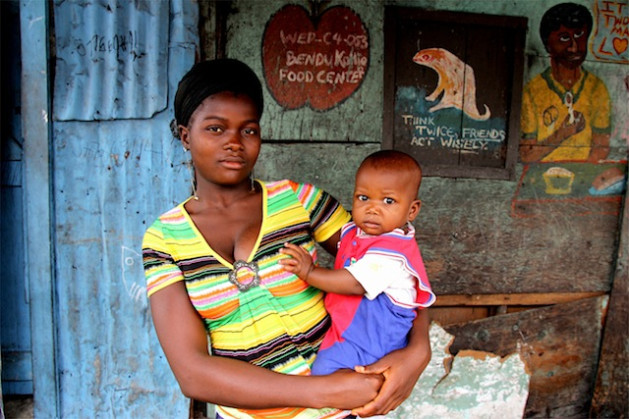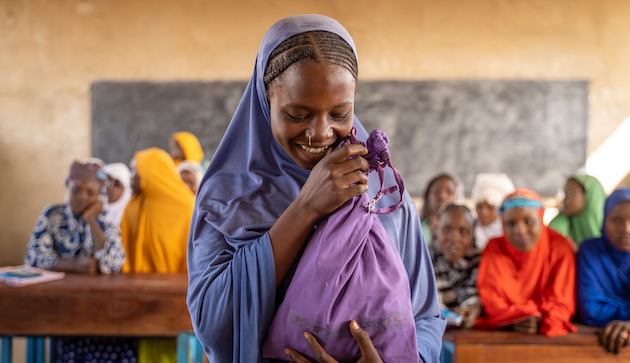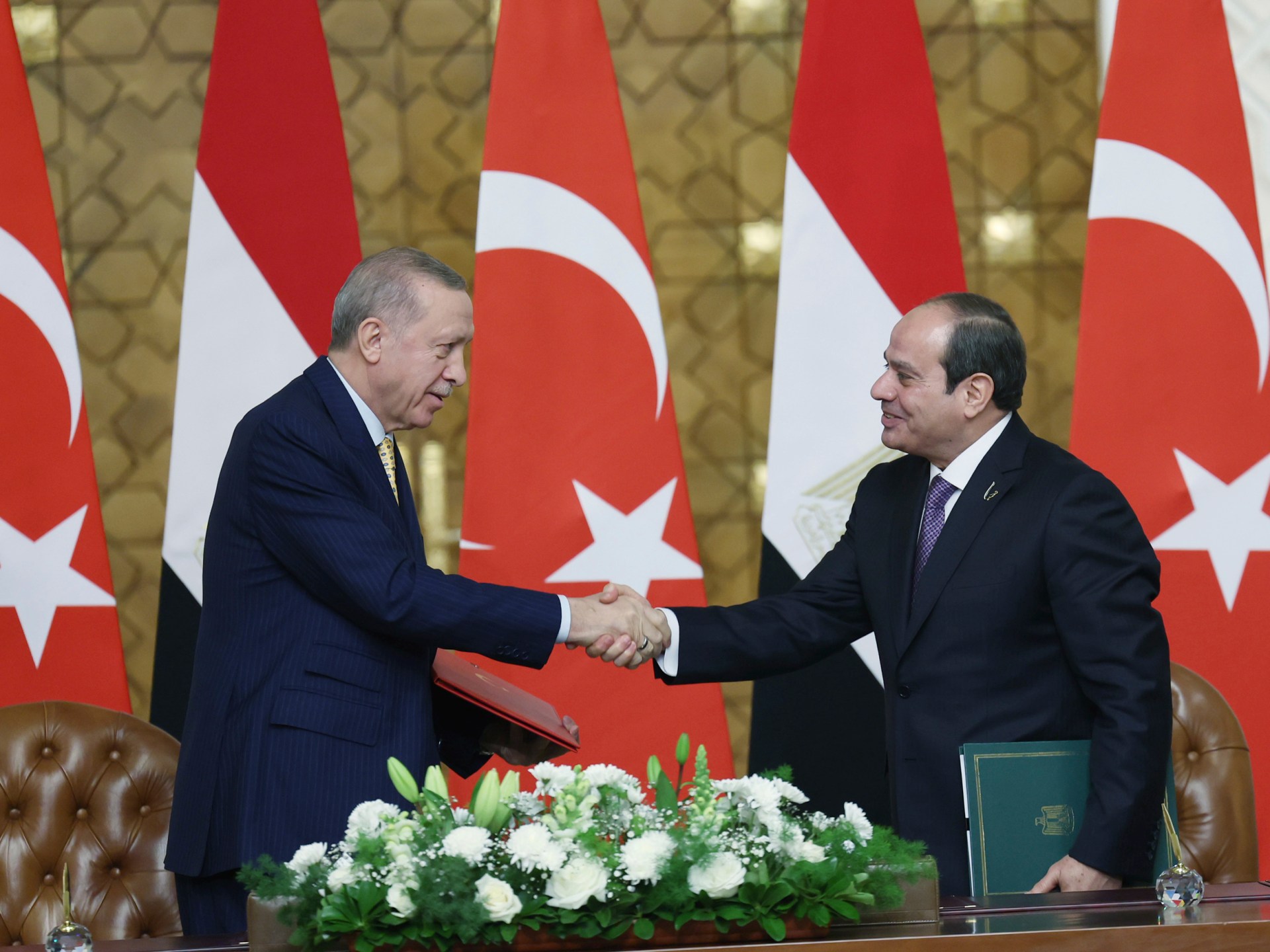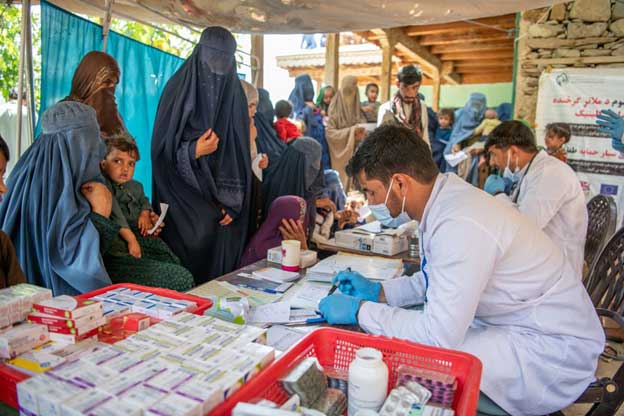Nearly 200 people dead: What’s behind armed attacks in Burkina Faso? | Armed Groups News
Around 200 people have been killed and 140 injured in the Burkinabe town of Barsalogho, the latest in a long line of deadly attacks by an al-Qaeda-linked armed group, Jama’at Nusrat al-Islam wal-Muslimin (JNIM).
Women and children were among those killed on Saturday. Barsalogho lies near the town of Kaya, a strategic point in north-central Burkina Faso that houses the last standing military force between JNIM fighters and the capital, Ouagadougou. Several soldiers are missing after the attack, which was carried out as JNIM continues to advance and seize swaths of territory in the troubled West African country.
Here’s what you need to know about the attacks in Burkina Faso, JNIM, and how the ruling military government has fared in fighting the group.
What happened on Saturday?
By Friday, Burkina Faso’s military government was aware of the probability of an impending attack, according to Al Jazeera correspondent Nicolas Haque. Authorities then called on the general population to assist the military in digging trenches meant to serve as a protective barrier and stop the invading fighters from entering the town.
According to local news reports, some people had initially opposed the action, fearful of reprisal attacks by armed groups. It is common for civilians to be attacked by either armed groups or the military if they are perceived to be helping the opposing side.
Nevertheless, the trench-digging began on Saturday and appeared to still be in progress when the fighters descended and opened fire.
In several videos posted on social media sites by JNIM fighters, scores of bodies, which appeared to be of mostly young men, were lying in the trenches. Alongside them were shovels.
The fighters reportedly seized weapons and a military ambulance, according to local reports.
Scores of injured people were taken to the Regional Hospital of Kaya. Hospital authorities called on doctors, nurses and other health workers to volunteer to treat the injured.
Communications Minister Rimtalba Jean Emmanuel Ouedraogo called the attack “barbaric”.
What is JNIM?
JNIM is one of several armed groups operating in Burkina Faso and across the Sahel aiming to establish an Islamic caliphate while expelling Western-influenced governments.
The group’s operations initially started in Mali before they spread to Burkina Faso and parts of Niger. JNIM has also launched attacks in the northernmost regions of Ghana, Ivory Coast, Benin and Togo.
Formed in 2017, JNIM is composed of four armed groups: Ansar Dine, al-Murabitun, the Macina Liberation Front and the Sahara Emirate subgroup of al-Qaeda in the Lands of the Islamic Maghreb. Members of the group come from Sahel and Maghreb countries, such as Morocco. At the time of its formation, JNIM pledged allegiance to al-Qaeda.
Iyad Ag Ghaly, or Abu al-Fadl, a Malian fighter and the founder of Ansar Dine, is the known leader of JNIM. Ag Ghaly was a member of the separatist ranks of the Tuareg ethnic group in northern Mali’s Kidal region. In the early 1990s, he participated in fighting there.
JNIM’s strategy exploits local and social divisions in the territories it controls, appealing to groups that perceive themselves to be marginalised, such as the Tuareg and Fulani people.
Analysts said JNIM also targets government infrastructure like water storage and power plants. The group then acts as a government in these areas, providing the locals with amenities, signing agreements with local leaders and recruiting from those populations to boost its ranks.
“They are married into local populations, and it’s hard for the military to find them because they blend in quite quickly,” said Ulf Laessing, head of the Sahel programme at Germany’s Konrad Adenauer Foundation. “That’s part of the frustration for the Burkina Faso army, that they can’t fight them.”
The group funds its activities by demanding ransom payments from kidnappings, taxing locals, smuggling weapons, and by extorting drug and human traffickers.
Other groups active in the country include IS-Sahel, linked to ISIL (ISIS).
When has JNIM carried out other attacks?
JNIM has launched several large-scale attacks across Burkina Faso and Mali. It’s the most active armed group in the Sahel, according to the conflict-tracking site, ACLED.
From 2017 to 2023, JNIM was responsible for more than half the violent events across the region, notably due to increased capabilities in using roadside bombs, mortars, landmines and rockets, ACLED noted. It had its most violent interactions with Burkina Faso’s military (1,762) and the Malian army (945). It also targets volunteer fighting groups as well as communities it considers sympathetic to the state.
In February, JNIM fighters attacked a mosque and church in northern Burkina Faso, killing dozens of worshippers in the villages of Natiaboani and Essakane. In another attack on the villages of Kamsilga, Soroe and Nodin, also in February, the group’s fighters killed more than 170 people. The victims included women and children.
In June, JNIM fighters claimed to have killed more than 100 soldiers at an army base in the northern region of Mansila near Niger. Security analysts said it was one of the deadliest attacks on government forces ever. JNIM also claimed to have captured seven soldiers and seized weapons and ammunition.
Is security worsening in Burkina Faso?
Burkina Faso is the number one most terrorism-affected country in the world in 2024, according to the Global Terrorism Index (GTI). The country unseated Afghanistan and Iraq for the first time in 13 years in the rankings by the Institute for Economics and Peace.
According to the GTI, nearly 2,000 people were killed in 258 “terrorist attacks” in Burkina Faso in 2023, accounting for a quarter of all “terrorist” deaths globally and up 68 percent from the previous year. More than two million people are displaced in what aid groups call the world’s “most neglected” crisis.
Security analysts linked the heightened level of attacks and deaths to the country’s smaller size and dense population. There are attacks by armed groups across West Africa, but Burkina Faso, with a population of 22.67 million living on a little more than 275,000sq km (105,000sq mi), appears to be the worst hit. Mali, on the other hand, has a population of 22.45 million people spread over an area of more than 1.2 million sq km (479,000sq mi).
“Burkina Faso is the smallest [compared to Niger and Mali] and very densely populated. … Whenever the army attacks, you have many more civilian victims. That makes it so brutal,” Laessing told Al Jazeera.

Has the military government secured any gains?
The military overthrew a civilian government in 2022, claiming poor management of security and promising to swiftly solve it.
Burkina Faso’s military government, like the new military leaders in Mali and Niger, severed ties with France amid growing resentment of France’s influence in Africa, and thousands of Western soldiers who were helping hold the armed groups at bay left the region.
The military governments have befriended Russia instead, buying military weapons and deploying fighters with the mercenary Wagner Group, now known as Africa Corps.
However, JNIM and other armed groups have only seized more areas, in Burkina Faso in particular. About 50 to 60 percent of the country’s territory is now outside government control despite massive recruitment by the paramilitary Volunteers for the Defence of the Homeland. Analysts said the recruits get only minimal training and are not combat-tested.
“They are conducting more operations and have secured some roads in the capital and a nearby town, but the bottom line is they haven’t achieved much and cannot sustain presence when they gain territory,” Laessing said.
In addition, local agreements that the civilian government once pursued as an avenue to secure ceasefires, have been abandoned.
Government forces are also increasingly attacking civilians in strongholds of the armed groups, actions that analysts said could be pushing more people to join them. According to ACLED, JNIM has used attacks on its strongholds as justification for its increased attacks on civilians.
“Small arms, light weapons – all of those things have come in, but it hasn’t been effective in counterinsurgency because it doesn’t address the main drivers of insurgency itself,” said researcher Dan Eizenga of the Africa Center for Strategic Studies.
“Those are ultimately going to fall into the realm of governance. The trend in the Sahel has been more negative than it was before the onset of military coups there,” he said.
What’s next?
Eventually, the Burkinabe government will have to reach out to more “moderate” members of JNIM and secure a ceasefire because a military solution is not possible, Laessing said. But that might take time.
“As of now, I think the government thinks they can still regain territory,” he said.
Meanwhile, frustration is starting to build among soldiers. Rumours of possible countercoups have emerged in recent months, adding another level of anxiety in the country.
Check out our Latest News and Follow us at Facebook
Original Source

